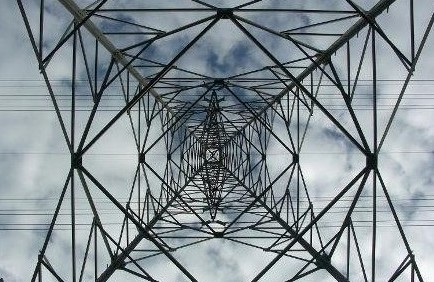TRANSFORMING EUROPE'S ENERGY SYSTEM - COMMISSION'S ENERGY SUMMER PACKAGE LEADS THE WAY
As part of the Energy Union strategy, today the Commission presented proposals to deliver a new deal for energy consumers, to launch a redesign of the European electricity market, to update energy efficiency labelling and to revise the EU Emissions Trading System.
The package is an important step towards implementing the Energy Union strategy with a forward looking climate change policy, launched as one of the political priorities of the Juncker Commission in February 2015. Today's proposals give prominence to the "energy efficiency first" principle and put households and business consumers at the heart of the European energy market.
EU Commission Vice-President for Energy Union Maroš Šefčovič said: "In the Energy Union strategy, we committed to empowering European consumers, creating a single well-functioning energy market, putting energy efficiency first and becoming the number one in renewables. Today, five months after the adoption of the Energy Union strategy, this Summer Package shows our determination to decarbonise our economy and to give consumers a central role in Europe's energy transition. It marks not only a new deal for consumers, but a new deal for Europe´s entire energy system."
EU Commissioner for Climate Action and Energy Miguel Arias Cañete said: "Actions speak louder than words. Today we take a decisive step towards enshrining the EU's target of at least 40% emissions cut by 2030 into law. My message to our global partners ahead of the Paris climate conference: the EU stands by its international commitments. And my message to investors, businesses and industry: invest in clean energy; it's here to stay and continue to grow. With these proposals, Europe is once again showing the way and leading the global the transition to a low-carbon society."
A European emissions Trading System fit for the future
The EU Emissions Trading System (ETS) is Europe's flagship tool for tackling climate change and to place the EU on track towards a low-carbon economy. Today's proposal sends a powerful signal to the international community in the run-up to the Paris climate summit. The proposal comes at a critical time when other major players such as the G7 and China have also shown their firm determination. The Commission revised the Emissions Trading System to ensure that it remains the most efficient and cost-effective way to cut emission in the decade to come. This is the first legislative step towards implementing the EU's commitment to reducing greenhouse gas emissions by at least 40% domestically by 2030. Ambitious climate action creates business opportunities and opens up new markets for innovation and the use of low-carbon technologies. The proposed more targeted approach aims at safeguarding the international competitiveness of industry sectors that are at the greatest risk of seeing their production relocated outside the EU to less Green House Gas constrained jurisdictions as well as in pushing energy investment toward innovative and cleaner alternatives. Further, the Commission proposes that revenues from the emission trading are used by Member States to finance actions to help third countries adapting to the impacts of climate change.
Energy efficiency label revision for more clarity
Energy efficiency first is a central principle of the Energy Union strategy because it is such an effective way to cut emissions, bring savings to consumers, and reduce the EU's fossil fuel import dependency. Since its introduction twenty years ago, the success of energy labelling has encouraged the development of ever more energy efficient products. This has resulted in the current label becoming too complex. The Commission proposes returning to the original A to G energy label scale, simpler and well understood by consumers.
The Commission's proposed revision of the energy labelling directive ensures coherence and continuity and makes sure the consumers are able to make more informed choices that will help them save energy and money.
Empowering energy consumers
Recognising that citizens must be at the core of the Energy Union, the Commission presents a Communication on delivering a new deal for energy consumers, based on a three-pillar strategy: 1. helping consumers save money and energy through better information; 2. giving consumers a wider choice of action when choosing their participation at energy markets and 3. maintaining the highest level of consumer protection.
Consumers need to become just as well-informed and empowered as buyers and sellers on wholesale markets through clearer billing and advertising rules, trustworthy price comparison tools and by leveraging their great bargaining power through collective schemes (such as collective switching and energy cooperatives).
Finally, consumers need to be free to generate and consume their own energy under fair conditions in order to save money, help the environment, and ensure security of supply.
New energy market design
The Energy Union strategy is designed to help deliver our 2030 climate and energy targets and make sure that the European Union becomes the world leader in renewable energy. Achieving these goals will require a fundamental transformation of Europe's electricity system including the redesign of the European electricity market.
Today's Communication launches a Public Consultation on what the new electricity market design should look like in order to meet consumers' expectations, deliver real benefits from new technology, facilitate investments, notably in renewables and low carbon generation; and recognise the interdependence of European Member States when it comes to energy security.
This should reap maximum benefits from cross-border competition and allow decentralised electricity generation, including for self-consumption and support the emergence of innovative energy service companies.
More information:
Fact sheet on energy labelling
Fact sheet on a new market design






